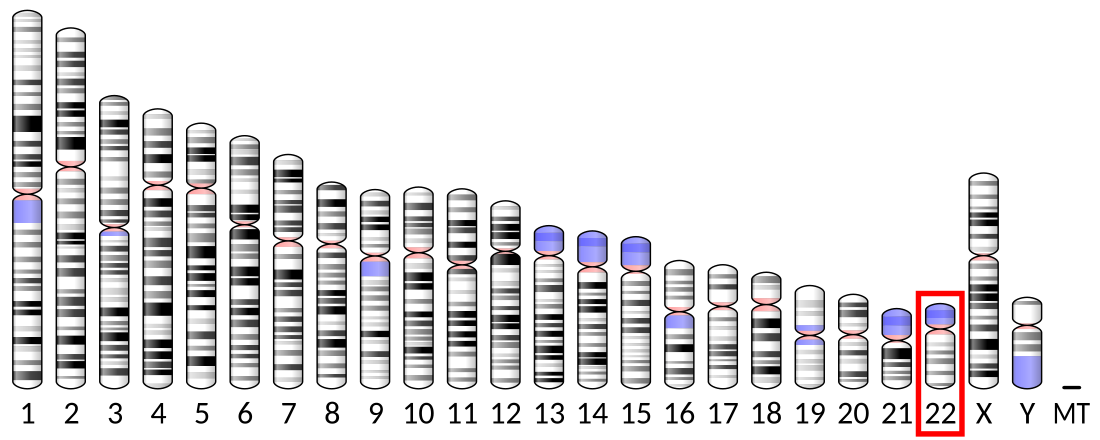Top Qs
Timeline
Chat
Perspective
APOBEC3C
Protein-coding gene in humans From Wikipedia, the free encyclopedia
Remove ads
DNA dC->dU-editing enzyme APOBEC-3C is a protein that in humans is encoded by the APOBEC3C gene.[3][4]
A3C belong to the A3 family of cytidine deaminases that act as restriction factors against diverse retroviruses. A3C was reported to inhibit simian immunodeficiency deficiency virus potently rather than HIV-1, in absence of viral infectivity factor, Vif.[5] Enhancing A3C's catalytic activity had only a marginal effect on HIV-1 replication (in absence of Vif), the counteractive viral mechanism is unclear.[6] A3C was also shown to inhibit other viruses.[7][8][9][10][11]
Remove ads
Function
This gene is a member of the cytidine deaminase gene family. It is one of seven related genes or pseudogenes found in a cluster thought to result from gene duplication, on chromosome 22. Members of the cluster encode proteins that are structurally and functionally related to the C to U RNA-editing cytidine deaminase APOBEC1. Conversely, A3 proteins enzymatically convert cytidine to uridine present in the single stranded DNA.[12][13][14][15][16] Two residues in loop 1 of A3C were demonstrated to determine its antiviral activity against HIV-1.[17]
Remove ads
Structure
The crystal structure of A3C suggests a putative HIV-1 vif binding region.[18][19] A3C was found to inhibit LINE-1 elements by directly interacting with ORF1p proteins, in a deaminase-independent manner.[20]
References
Further reading
External links
Wikiwand - on
Seamless Wikipedia browsing. On steroids.
Remove ads


